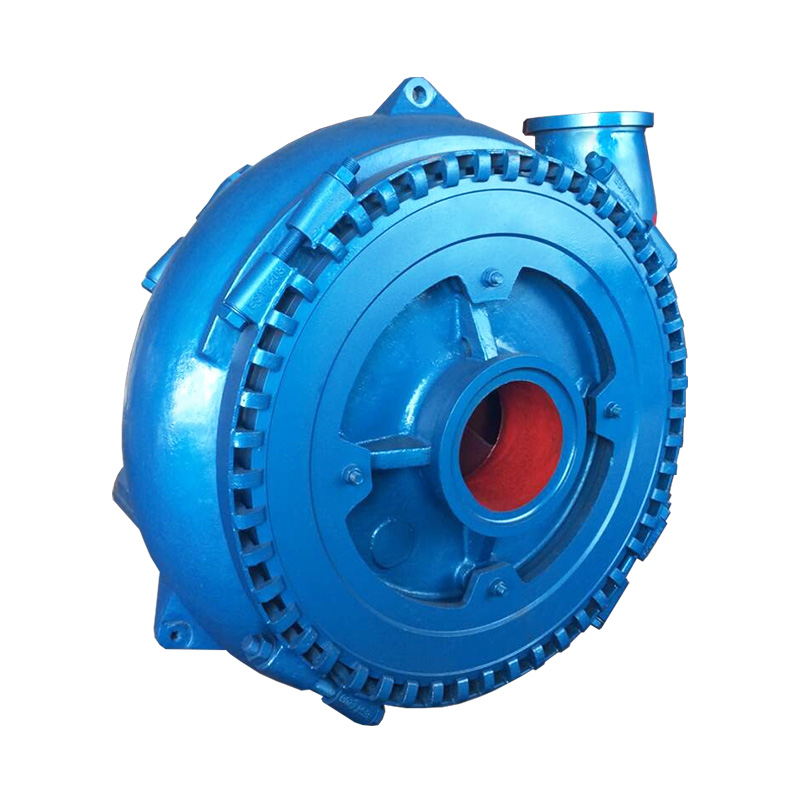Mar. 08, 2024
In the realm of pumping systems, discerning between a Gravel Pump and a Standard Pump is crucial for optimal performance and efficiency. Each serves distinct purposes and operates with unique mechanisms tailored to their specific applications. This article delves into the nuances of both types, elucidating their disparities and highlighting their respective functionalities.
Gravel Pumps stand out in the domain of dredging and mining operations. Specifically engineered to handle abrasive materials such as gravel, sand, and slurry, these robust pumps excel in challenging environments where conventional pumps falter. The hallmark of a gravel pump lies in its ability to endure the erosive forces unleashed by abrasive substances without compromising performance.

A typical gravel pump comprises a sturdy housing, an impeller, and wear-resistant materials strategically integrated to withstand abrasive wear. The housing is often reinforced with hardened alloys or rubber linings to enhance durability, while the impeller's design facilitates efficient movement of abrasive-laden fluids without clogging or premature wear.
Gravel pumps find extensive utility in mining and dredging operations, where the extraction of sediments, minerals, or precious metals necessitates the handling of coarse materials. From riverbed dredging to sand extraction in marine environments, these pumps exhibit unparalleled resilience and longevity, ensuring uninterrupted workflow amid harsh conditions.
Contrary to gravel pumps' specialized focus, Standard Slurry Pumps cater to a broader spectrum of applications spanning industrial, commercial, and residential sectors. Versatility is the cornerstone of standard pumps, as they accommodate diverse fluid types and operating conditions with ease.
Standard pumps, encompassing centrifugal, diaphragm, and piston variants, offer versatile solutions tailored to specific requirements. Their adaptability enables seamless integration across various industries, including agriculture, water treatment, HVAC, and wastewater management, underscoring their indispensable role in modern infrastructure and utility systems.
Featured content:At the heart of a standard pump lies a fundamental principle of fluid dynamics, where rotational or reciprocating motion imparts kinetic energy to fluids, propelling them through pipelines or conduits. Whether it's transferring water, chemicals, or hydrocarbons, standard pumps ensure efficient fluid transport while adhering to stringent performance and reliability standards.
Gravel pumps, optimized for handling abrasive slurries, prioritize wear resistance and particle passage over volumetric efficiency. Conversely, standard pumps emphasize flow rate, pressure capabilities, and energy efficiency, catering to a broader range of fluid viscosities and compositions.
While both pump types employ durable materials to mitigate wear and corrosion, the composition and configuration vary significantly. Gravel pumps incorporate hardened alloys, rubber linings, and specialized coatings to combat abrasion, whereas standard pumps leverage stainless steel, cast iron, or thermoplastics for enhanced chemical compatibility and longevity.
The choice between a gravel pump and a standard pump hinges on the specific application requirements, environmental conditions, and lifecycle cost considerations. While gravel pumps excel in abrasive environments, standard pumps offer versatility and cost-effectiveness across diverse applications, necessitating a meticulous evaluation to determine the optimal solution.
In conclusion, the distinction between a gravel pump and a standard pump lies in their specialized functionalities, design considerations, and application domains. While gravel pumps excel in handling abrasive slurries encountered in mining and dredging, standard pumps offer versatility and adaptability across a myriad of industrial, commercial, and residential applications. Understanding these disparities empowers stakeholders to make informed decisions when selecting pumping solutions tailored to their unique requirements.
Previous: Understanding the Functioning of a Pneumatic Piston Pump
Next: Which Impellers Are Best For Slurry Pump Applications?
If you are interested in sending in a Guest Blogger Submission,welcome to write for us!
All Comments ( 0 )